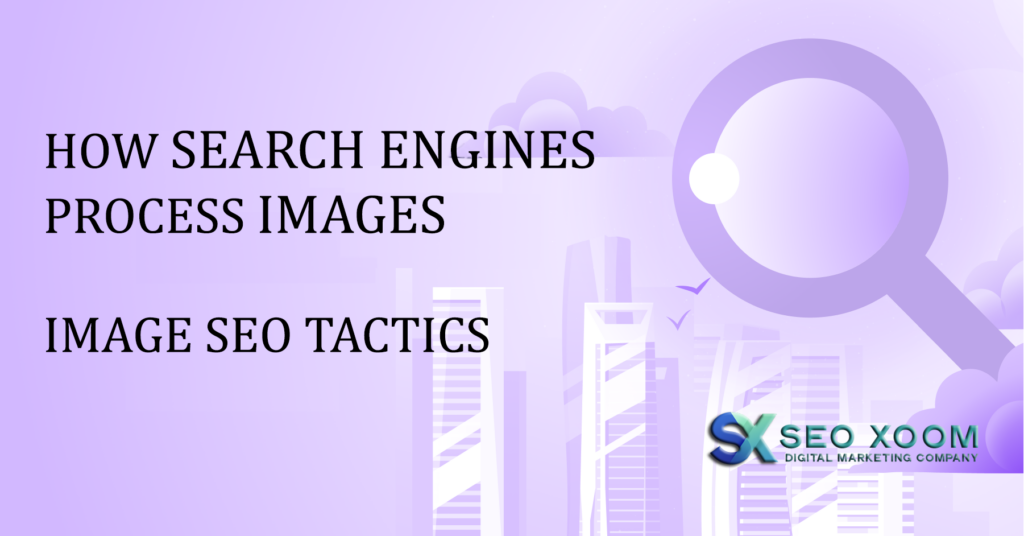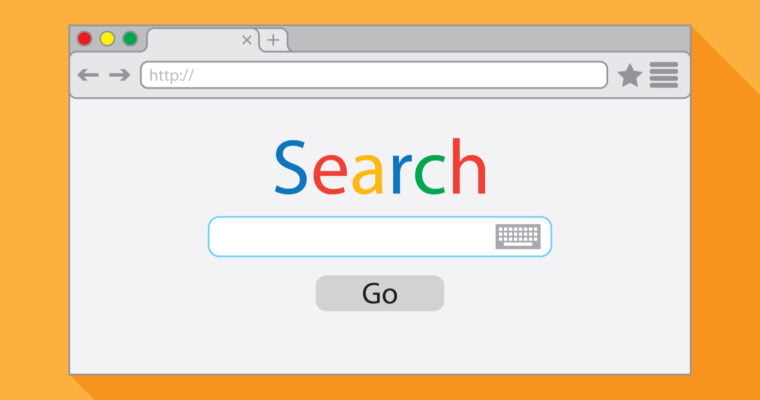How Search Engines Process Images and Key Image SEO Tactics. In today’s digital age, images play a crucial role in engaging and retaining the attention of online audiences. However, as much as images can enhance the user experience, they also need to be properly optimized for search engines. Search engines process images differently than text, so it’s essential to understand how to effectively optimize images for search engines. This article will discuss how search engines process images and provide key image SEO tactics that can help you rank higher in search results.
How Search Engines Process Images
Search engines use algorithms to crawl and index images on the web. The process starts by identifying the image file and extracting information about the image, including its file name, format, and size. Search engines then analyze the image’s visual content, including its color, texture, and object recognition, to understand the subject matter of the image. Finally, search engines use text information surrounding the image, such as captions, alt text, and surrounding text, to better understand the context of the image.
Key Image SEO Tactics
1. Use Relevant File Names
The file name of an image is the first thing that search engines see, so it’s crucial to choose a descriptive and relevant file name. For example, instead of using a generic file name like “IMG001.jpg,” use a descriptive file name such as “green-tea-latte.jpg.” This will help search engines understand the subject matter of the image and improve its chances of ranking in search results.
2. Optimize Image Size
Large images can significantly slow down the loading time of a website, which can negatively impact user experience and search engine rankings. Optimizing images for size can improve website performance and increase the chances of ranking higher in search results. Use image compression tools to reduce the file size of images without sacrificing quality.
3. Use Descriptive Alt Text
Alt text is a text description of an image that is displayed when the image cannot be loaded. It’s also used by screen readers to provide a description of the image for visually impaired users. Alt text should be descriptive, concise, and include relevant keywords that help search engines understand the subject matter of the image.
4. Provide Contextual Information
In addition to optimizing the image file and alt text, it’s also important to provide contextual information that helps search engines understand the context of the image. This can include captions, surrounding text, and image titles. Providing context will improve the chances of the image ranking in search results and also enhance the user experience.
5. Use Relevant Image Formats
Different image formats serve different purposes, and it’s important to choose the right format for your images. For example, JPEG is the most commonly used image format and is best suited for photographs. PNG is a lossless image format that is best suited for graphics and icons. Choosing the right image format can improve the quality of the image and increase its chances of ranking in search results.
Conclusion
In conclusion, optimizing images for search engines is crucial for improving search engine rankings and enhancing the user experience. By following the key image SEO tactics outlined in this article, you can improve the chances of your images ranking higher in search results and attract more traffic to your website.




